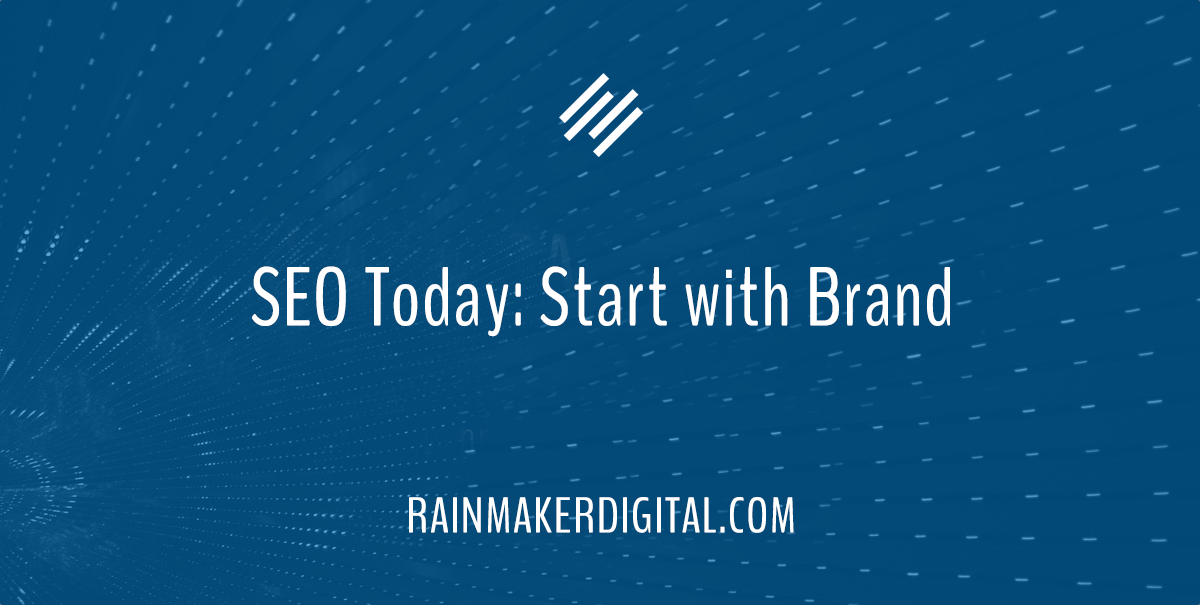SEO is dead … or so my LinkedIn feed says.
I’ll confess: I’ve even said it myself.
But I realized something while reading an article on AI search optimization the other day: every tip was also helpful for SEO.
Marketers are worried about AI search. But we must cut through the fear, uncertainty and doubt surrounding it. We need to understand how online visibility is the same in an AI-centric world … and how it’s different.
How Online Visibility Is Different
Good content that follows Google’s E-E-A-T guidelines is still good content. Much of AI search optimization is similar to traditional SEO. “SEO trick” content won’t survive. It’s been under fire for ages now anyway. But there’s more to the story.
Back when Google started, it created an unspoken contract with content creators: You build good content, we’ll send people to it.
That contract had been on thin ice, and it shattered completely with the public release of Google’s AI Overviews in March 2025. There is no longer any guarantee that good content will receive search traffic.
Google’s AI Overviews take up the prime space on many search engine results pages, and counts your content being referenced there as an impression. This is part of the reason that impressions and clicks, which used to move in lockstep, are now moving in opposite directions. People are less likely to click through when their question is answered in the AI Overview. This doesn’t even count AI search engines like ChatGPT, Claude and Perplexity, which do not generate the “10 blue links” page of a search engine.
That doesn’t mean you become invisible. Visibility is different than clicks and impressions.
In a world where a click-through is less likely, branded content becomes far more important.
Build Your Brand
You can no longer rely on direct click-through — but you can build your brand so your audience takes action. Marketers call this “unaided awareness.” This is a time-honored tactic. There’s no real call to action in campaigns like “I’d like to buy the world a Coke” or Apple’s “Think Different” — both just reinforce the brand. In some ways, we’ve returned to a world of radio, TV and newspaper advertising, where action was separate from medium. The more things change, the more they stay the same.
Consider what you want your brand to be known for. LLMs take cues from phrases; think of keywords you want your brand to be known for and create content that uses that specific string. Use it in press releases, in blog posts, in your website content, in any content you contribute to other sites. For example, we might use the phrase “digital marketing agency Rainmaker Digital Services” to try to get ourselves into results for “digital marketing agency.” This kind of branded content is easy to create, but often forgotten or inconsistent.
Another way to build your brand visibility is to build out your community and partner network so you get mentioned more. Think user-generated content (UGC), podcast appearances, guest posts, brand mentions, articles in trade publications or traditional news media … these are the lifeblood of visibility in AI search. Some of these help your SEO too, but LLMs pick up on authority signals that search engines can’t.
Find Your AI Search Opportunities
It’s understandable to be a little freaked out by AI search. It’s changing user behavior and forcing marketers to adjust their tactics. Fortunately, the underpinnings that make for good SEO are also good for AI search optimization … but there’s still more work to be done. Focus on building a strong, consistent brand so people see you in AI search and remember you, and that will get people interested enough to take action. And if you need a hand, let us know. Just drop us a line, anytime.
Best Regards,
David Brandon
Copywriter
Rainmaker Digital Services
